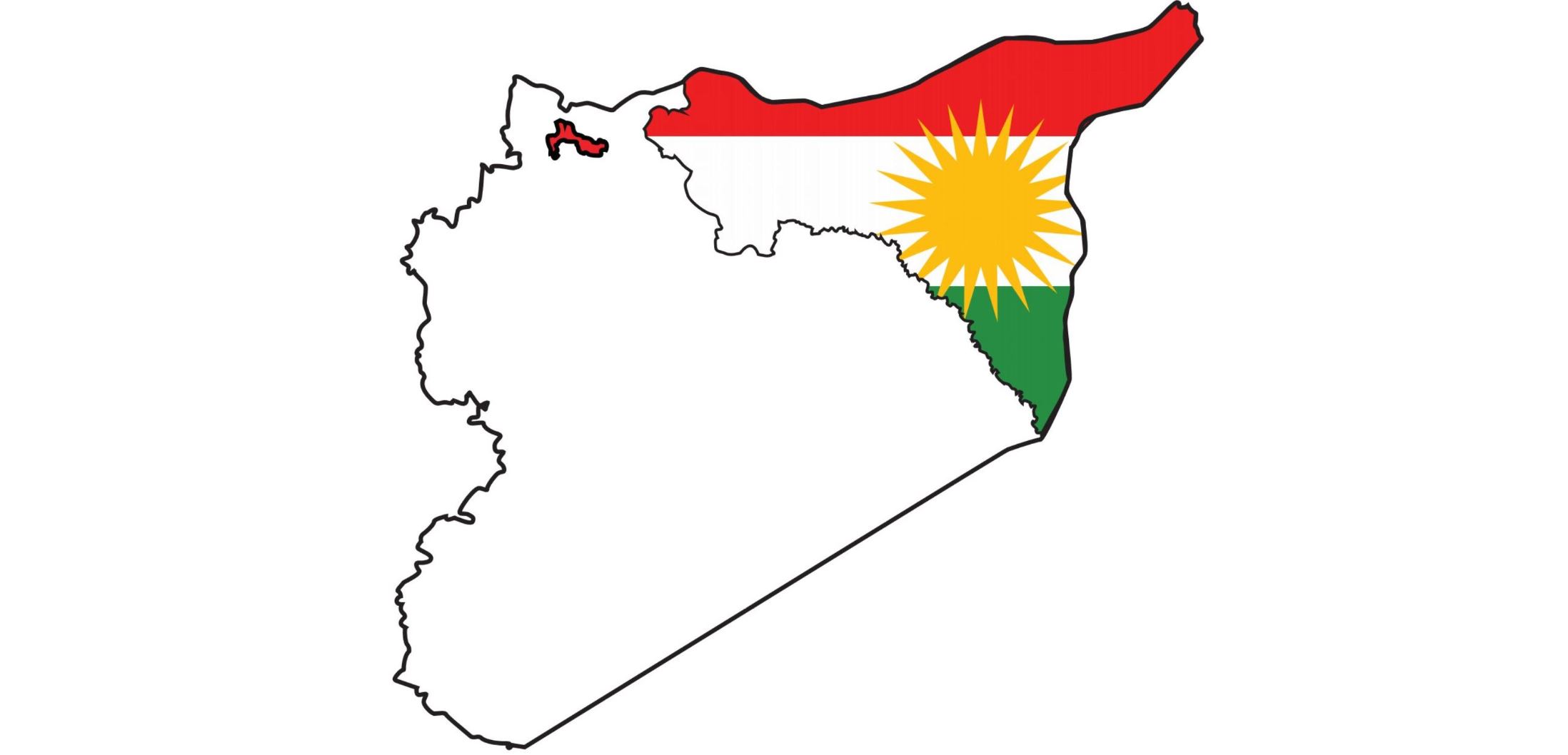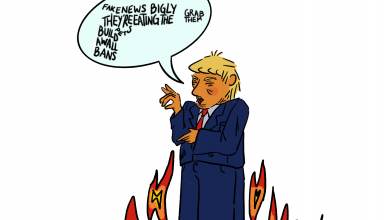Kurdistan: A Nation in a State of Uncertainty

Image Design by Grace Ciacciarelli
The Kurdish population is an ethnic group indigenous to the highlands between the Caspian and Black Seas and the plains which once comprised the ancient land of Mesopotamia. This nation, with an estimated population of 25-40 million people, is considered one of the largest stateless nations of our modern world.
This story begins in 1920, immediately following World War I, when the Central Powers and Allied Powers signed the Treaty of Sevres. The treaty stipulated the method by which the Allied Powers would divide what was left of the Ottoman Empire into distinct states, including a Kurdish nation-state. After hostility erupted within Turkey about the strict borders enforced by this treaty, the Treaty of Sevres was dismissed, and The Treaty of Lausanne took its place in 1923 as another attempt to divide the Middle East into nation-states. The land in question is home to dozens of ethnic minorities, yet this treaty only voiced the opinions of the Allied Powers and the newly created Turkish government. The Treaty of Lausanne asked Turkey to cede the remainder of its occupied territories and clarified its modern-day borders but failed to establish the borders for a Kurdish homeland, thus dividing Kurds among the newly drawn borders of the eastern Mediteranean.
As an ethnic minority spread across several Mid-Eastern nations, Kurds have faced immense repression over the past century. In the 1980s, the Kurdistan Workers Party (PKK) gained momentum and thus, attention, in Turkey. Their ultimate goal–to establish Kurdistan as a distinct, sovereign nation–was attacked ruthlessly by Ankara. This resulted in thousands of lost lives over the following two decades. In 2003 the Kurdish Democratic Party (PYD) was established in Syria as a corollary of the PKK. The Syrian Civil War saw the rise of Kurdish power in Northern Syria as President Bashar al-Assad focused his energies and defense elsewhere. Kurdish voices grew louder, attracting global attention.
In 2012, the north-eastern region of Syria gained autonomy as The Autonomous Administration of North and East Syria. Also known as Rojava, this poly-ethnic region contains high populations of the countries minorities, including Assyrians, Armenians, and Turkmen but is most notably the region of Syria with the highest concentration of Kurds.
Ankara began to grow weary of the increasing power of Kurds in north-eastern Syria, fearing a Kurdish homeland was now closer to a reality than a distant threat. President Recep Tayipp Erdogan feared that a rising Kurdish nationalism in Northern Syria would trickle through the Turkish border, revitalising the PKK. It has thus been the hope of Erdogan to push back Kurds along the Syrian-Turkish Border to prevent shouts of sovereignty from reaching the Kurdish population in his own country.
On October 6, 2019 the White House announced its decision to remove troops from Northern Syria. This decision left the Syrian Democratic Forces (SDF), who are in opposition to Assad’s regime and made up largely of Kurdish fighters, to fend off Turkish forces. The SDF has been an ally to the American government in its ongoing fight against the Islamic State of Syria and the Levant (ISIL). Tens of thousands of people living in border towns along the Syrian-Turkish border are at risk. This does not justify U.S. presence in the region, but demonstrates that power struggles amongst overpowering forces such as Turkey and the United States has resulted in a set of consequences which have only added to the inconsistency in the region.
President Erdogan launched “Operation Peace Spring” on October 9, tweeting: “The Turkish Armed Forces, together with the Syrian National Army, just launched #OperationPeaceSpring against PKK/YPG and Daesh terrorists in northern Syria. Our mission is to prevent the creation of a terror corridor across our southern border, and to bring peace to the area.” The first airstrikes hit the border towns of Ras al-Ayn and Tal Abyad the same day.
Erdogan has since vocalized his hope to establish a “safe zone” along the border, where he will relocate Syrians who have sought refuge in Turkey. This safe zone would cut 30 kilometers into Syria and run along 480 kilometers of its northern border. Yet, “satiating” one refugee crisis will blatantly create another– this time, with the Kurds.
President Trump’s reaction has been wholly confused since removing troops from the region. He has since placed and removed sanctions on Turkey. Trump has called for a ceasefire in the region “unless something happens that we are not happy with.” In the same address, Trump declared an additional desire: “Let someone else fight over this long blood-stained sand.”
The United Nations’ Security Council has met twice since the first airstrikes began, yet they have failed to explicitly condemn Turkish military action.




